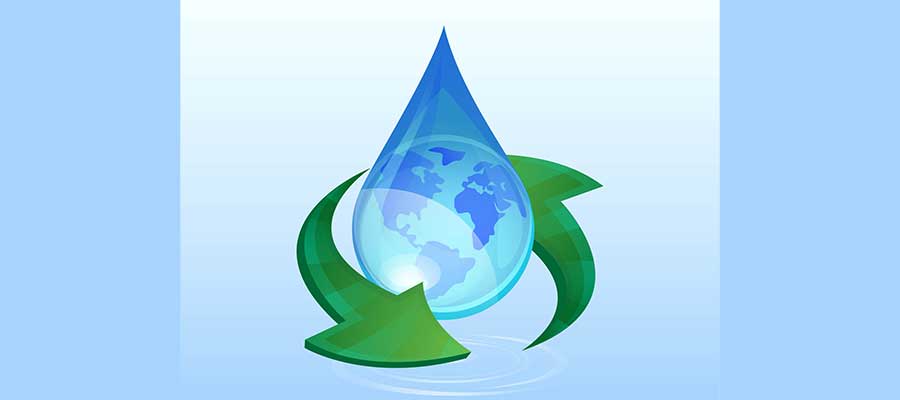
A recent Circle of Blue survey of 30 major US water utilities shows conclusively that the cost of drinking water is rising. The price of water rose on average by 5% last year, and has risen by almost 50% since 2010.[1]
The forces that are driving the rising cost of water will differ from region to region. In some cases, it is the compelling need to replace aging infrastructures. In dry areas, it is a reflection of the high cost of procuring water.
When it comes to water shortages, it is the responsibility of water authorities to both encourage conservation as well as seek out new, sometimes non-traditional sources of potable water. One of the more cost-effective means of increasing water supplies is wastewater recovery and reuse. However, as Jon Freedman of GE Power points out, “while the technology exists to recover a large percent of wastewater, the world today only reuses about 4 percent of its wastewater.”[2] There are, of course, notable exceptions. Israel, for example, despite its meagre fresh water resources and a growing population, has achieved a water surplus in part by reusing 85-90% of its wastewater. Singapore re-uses 30% of its wastewater and Saudi Arabia recently announced a plan to re-use 65% of its wastewater.
In some cases wider usage of recycled wastewater could be achieved through the removal of regulatory obstacles as well as through the enactment of government incentives. However, the greatest barrier is the “yuck” factor, i.e., consumers not being open to drinking water that was recovered from gray or black water.
In this context, therefore, it is interesting to note a survey recently conducted in California.[3] As California enters its fifth consecutive year of drought, 49% of the respondents are very supportive and 38% somewhat supportive of using recycled water as an additional local water supply. Forty-two percent are very willing and 41% somewhat willing to use recycled water in their everyday lives.
The survey results underscore the importance of education in order to increase consumer support for recycled water. Eight-nine percent of the residents were more willing to use recycled water after reading an explanation of the treatment processes used to make wastewater safe and drinkable, while 88% agreed that a demonstration of the water purification process would make them more comfortable with using and drinking recycled water.
And just in case you thought that semantics are not important, when reused water was referred to as “purified water”, respondents were more likely to be supportive (90%) of its addition to the local water supply than when the term “recycled water” (87%) or “reclaimed water” (82%) was used.
Perhaps even more encouraging, Californians do not view the use of recycled water as a response to the state’s drought. Eighty-eight percent of California residents agree that even if El Niño brings increased rainfall to California, the state should continue to invest in the use of recycled water for drinking purposes.
In conclusion, as water utilities continue to struggle to provide clean drinking water at affordable rates, it will be interesting to see whether wastewater recycling – a relatively cost-effective process — will become more universally supported and accepted.
References
[1] Price of Water 2016: Up 5 Percent in 30 Major U.S. Cities; 48 Percent Increase Since 2010, Brett Walton, May 10, 2016
[2] GE Power: These 4 policies could solve the world’s water crisis, Jon Freedman, April 22, 2016
[3] California ‘Ready for Recycled Water’, Jessica Lyons Hardcastle, March 14, 2016